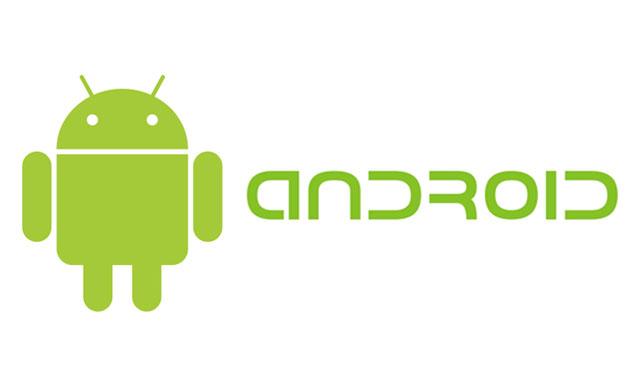Are you looking to get into coding and become a programmer but don’t know where to start?
You’re in the right place!
Coding is an incredibly rewarding skill to learn, and with the right guidance and resources, you can learn to code and become a successful programmer.
In this ultimate guide to start coding, we’ll explore the essential steps for becoming a programmer and dive into the specifics of programming languages, tools, and tips for beginners. We’ll also discuss the various coding career paths, discuss the benefits of coding, and provide tips for staying motivated throughout the learning process. Let’s get started!
Here are the few steps of to Start Coding for Beginner Programmers
Step 1: Understand the Basics of Coding
Before you can start coding, it’s important to have a basic understanding of what coding is and how computers work. Coding is the process of writing instructions (programs) for a computer to follow. These instructions (code) tell the computer what to do and how to do it, and they’re written in a programming language.
There are many different programming languages, and the language you choose will depend on the type of programming you want to do. Some common programming languages include HTML, CSS, JavaScript, Python, Java, and C++.
It’s also important to understand the basics of how computers and systems work, such as data structures, algorithms, and logic. Understanding these concepts will allow you to write effective code and solve complex programming problems.
Step 2: Choose a Programming Language
Now that you have a basic understanding of coding, it’s time to pick a programming language. As mentioned, there are many different programming languages, and the language you choose will depend on your goals and the type of programming you want to do.
For beginners, some of the most popular and widely used programming languages are HTML, CSS, JavaScript, Python, Java, and C++. HTML and CSS are the languages used to create web pages, while Java and C++ are used to create desktop and mobile applications. Python is a versatile language used for web development, data science, and machine learning. JavaScript is a popular language and can be used to create interactive web pages and web applications.
Step 3: Learn the Basics
To learn the basics of a programming language, you must first understand the components of programming. Programming consists of two parts: the syntax (the structure and rules of the language) and the semantics (the meaning of the language). You must understand these two components to be able to write programs. The syntax of a programming language is the structure of the language. It is like the grammar of a language. The syntax defines the keywords, operators, and other elements that are used in the language.
It is important to understand the syntax of a language before you can write programs. The semantics of a programming language is the meaning of the language. It is the set of values and rules that describe how the code should be interpreted. The semantics are important because they define how the code should run and interact with other parts of the system.
Once you understand the syntax and semantics of a language, you can start writing programs. The first step is to learn the language itself. Start by learning the basic syntax and then move on to the more advanced concepts.
The next step is to learn the libraries and frameworks that are used to build software. These are the building blocks that are used to develop software. Each language has its own libraries and frameworks, so it’s important to understand these before you start writing code.
Finally, you must learn the debugging and optimization techniques. Debugging is the process of finding bugs in the code and fixing them. Optimization is the process of making the code run faster. These two processes are essential for writing efficient and reliable code.
Step 4: Practice Coding
The goal of practice coding is to improve your coding skills. Practicing coding will help you become more familiar with different programming languages, libraries, and frameworks. You can also improve your debugging techniques and become more comfortable with coding techniques. In addition, practice coding will help you understand the underlying concepts and principles of coding. Practicing coding can be done in a variety of ways. You can practice coding on your own, with a mentor, or with a group.
You can also find coding courses and resources online. When practicing coding, it is important to focus on specific coding problems. This will help you understand how to solve the problem, as well as practice your coding skills. You can also practice coding by creating code from scratch. This will help you develop your coding skills and gain experience in creating a functioning program.
Step 5: Build Your Portfolio
Once you’ve mastered the basics of coding and completed a few projects, it’s time to start building your portfolio. Your portfolio is a collection of your coding projects and should include anything you’ve built, from small personal projects to larger professional projects. Having a portfolio is essential when applying for coding jobs, so make sure to include a few examples of your best work.
Step 6: Find a Job
Once you’ve built up your coding skills and built a portfolio, it’s time to start looking for a job. There are many coding jobs available, from web developers to data scientists. You can find job postings online, attend coding meet ups and events, or reach out to employers directly.
Conclusion
Learning to code can be a daunting task, but with the right guidance and resources, you can become a successful programmer. This ultimate guide to starting coding has outlined the essential steps for becoming a programmer, including understanding the basics of coding, choosing a programming language, learning the basics, practicing coding, building your portfolio, and finding a job. With dedication and hard work, you can become a successful coder and pursue an exciting career in programming.
To learn from scratch to advance in coding contact www.thinknexttraining.com





